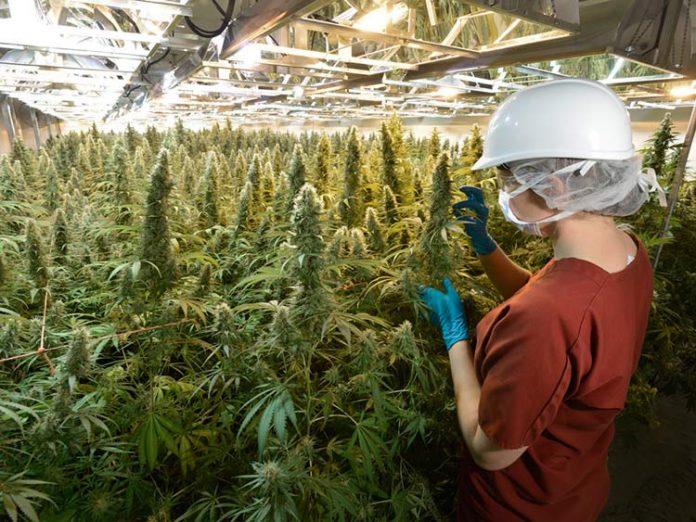Before California voters passed a ballot measure legalizing marijuana for recreational purposes, Gov. Jerry Brown (D) warned of the dangers of importing Colorado’s “Rocky Mountain high.” But as Brown prepares to leave office, his constituents apparently had no such qualms.
The state Department of Finance expects Californians to purchase nearly 1 million pounds of marijuana over the first full budget year of legalization, between July 1, 2018, and June 30, 2019.
That would amount to $3.4 billion in recreational retail sales in the first full year, and $643 million in tax revenue for the state.
If California is like the other states where recreational marijuana use is legal, those estimates are likely to be lower than actual sales and revenue.
Finance staffers consulted with their counterparts in Colorado, Washington and other states where marijuana is already legal to arrive at their estimates, said H.D. Palmer, a department spokesman. Those states almost all underestimated the amount of marijuana businesses would sell in initial months.
And California’s Finance Department estimates project slower growth in the recreational market than other states experienced. Colorado’s recreational market grew by 40 percent per year over the first three years of legalization, and Washington’s grew by 50 percent. The Finance Department estimated California’s recreational market would grow by 22 percent per year.
California will levy $4,600 in state and local taxes per retail pound of legal marijuana, approximately comparable to tax rates in Colorado, Oregon and Washington.
Retail costs of recreational marijuana are expected to fall from about $3,800 per pound, before taxes are levied, to $3,000 per pound in the 2020-2021 budget year, as more producers plant and grow the crop. The falling costs are not likely to mean less money for the state, the Finance Department said; instead, rising demand is expected to offset declining costs.
The money from recreational marijuana is mostly earmarked, in part to fund administrative costs of the market, in part to fund research into the marijuana marketplace and in part to fund substance abuse treatment programs and environmental costs created by the new grow operations springing up around the state.
Most of the new recreational market is expected to be dominated by “heavy users,” the Finance Department said, who will account for as much as 80 percent of the retail market.
The new tax revenue is but a drop in the bucket for a state with a $190 billion annual budget, the amount Brown proposed Wednesday. But it could mean the difference between funding some local programs and leaving those programs out of the annual budget, as Democratic legislators push Brown to spend more of the state’s expected $6 billion surplus on social programs.














